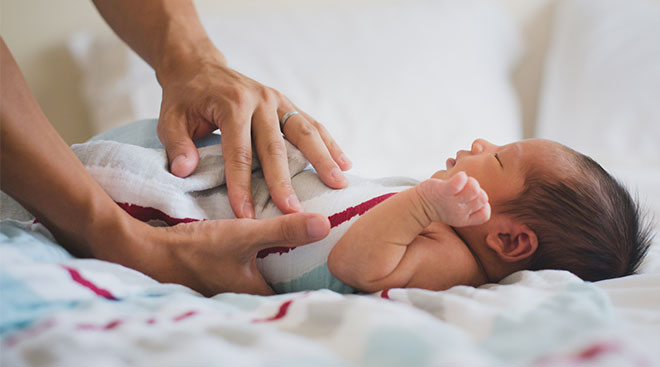Circumcision is a commonly performed medical procedure on both boys and adults to prevent or treat conditions known as phimosis and paraphimosis.
Many times, self-care can improve these conditions; however, in severe cases, circumcision may be necessary.
Pain
Circumcision Melbourne is a surgical procedure that removes the foreskin from a boy’s penis. Generally, this is done within 10 days of birth (for some religious ritual circumcisions it may be done later).
The surgeon will use a scalpel to separate the foreskin from the head of the penis and stitch it back onto its shaft using dissolvable stitches.
After surgery, the wound will be red, swollen and tender. To keep this area dry and comfortable, it is essential to keep the area moistened.
On average, the scab at the incision line will fall off within 7-14 days (average 10). A Plastibell (plastic ring) may remain for a few weeks but eventually falls off on its own.
Swelling
After circumcision, your baby’s penis may appear red and swollen. This is completely normal and will fade over time as the wound heals.
As you provide care for your son, remember to lubricate his penis with petroleum jelly such as Vaseline. This will keep the area soft and prevent it from sticking to his diaper during healing.
Around 48 hours after your son’s birth, the bandage should come off and only a piece of gauze remains covering his incision line and head of penis. Apply a dab of petroleum jelly to this gauze before changing his diaper.
Avoid having his penis stuck to his diaper and causing discomfort during recovery. Be sure to regularly wash his penis during diaper changes in order to avoid infection.
Discomfort
Circumcision recovery can often be painful and uncomfortable. Fortunately, the vast majority of people heal quickly and without any major issues.
There are a few steps you can take to reduce pain and discomfort caused by incision lines and heads of peni. One option is applying petroleum jelly or antibiotic ointment on the incision line and head, as well as following any instructions your doctor gives you.
Your doctor may suggest taking painkillers (like acetaminophen) to reduce pain and discomfort. These are safe to take and won’t slow down healing.
Circumcision is a medical procedure that can treat conditions like phimosis and paraphimosis, in which the foreskin fails to pull back over the tip of the penis. Additionally, circumcision helps prevent these problems from arising which are uncomfortable, painful and hazardous for someone’s health.
Blood-tinged drainage
If your son has had a circumcision, there may be some drainage from the wound. This is normal and will go away as the wound heals.
The type of fluid draining from a wound is an indicator for its healing progress. Serum, which contains water and proteins called fibrinogens that aid blood clotting, is typically the main drainage seen during normal wound recovery.
However, other types of drainage that are abnormal and could indicate a more serious health problem. If you observe anything other than serum or blood-tinged serum in your urine, contact your doctor right away for evaluation.
Stitches
Your doctor may use stitches to reattach the skin edges from your child’s circumcision. This helps keep the new edges in place while healing takes place.
If they fail to heal properly, the skin surrounding the incision can harden and thicken, leaving ridges or bumps along the penis shaft or underneath the glans.
Over time, scar tissue can fade and shrink, becoming less vibrant in color.
Traditional wound closure was done with absorbable sutures. But there are now more non-toxic, non-absorbable alternatives that may be more effective and less invasive. One such product is cyanoacrylate adhesives — they polymerize when in contact with basic substances like blood or water, without needing an added solvent or catalyst for spreading and wetting surfaces they’re applied to.

